By Daiva Repečkaitė
Project Green is poised for sweeping powers under the latest Planning Authority proposal—powers NGOs warn will be largely unchecked on ODZ land and urban spaces—and an Amphora Media analysis shows that many of its current projects cluster within the electoral districts of Prime Minister Robert Abela and Environment Minister Miriam Dalli.

According to data compiled from publicly available information, roughly half of all announced Project Green initiatives have occurred in the electoral districts where Abela and Dalli ran in the 2022 general election.
“These projects are distributed across the country, with the active involvement of local councils and NGOs. They are based on public calls, electoral commitments, and the need for interventions. Unlike what your questions imply, it is not the case that certain areas are favoured while others are neglected,” the spokesperson of the Ministry for Environment, Energy and Public Cleanliness wrote in response to Amphora’s questions.
Project Green officially stated that it was working on 118 projects within different localities as of October 2024. However, a complete list is yet to be published. When asked by Amphora Media, Project Green provided a list of 46 projects.
How we calculated the distribution
Using announcements published on Project Green’s website, as well as planning applications and development notification orders submitted to the Planning Authority, Amphora Media calculated how Project Green’s projects are distributed across Malta.
They did not overlap with the list Project Green sent, so we conducted separate analyses for each dataset.
The dataset we have compiled by analysing announcements on Project Green’s website was the largest, as it included announcements of interim steps within the project.
Among the announced works, the localities within the 2nd electoral district benefited most from Project Green works. These localities are where Prime Minister Robert Abela, Parliamentary Secretary for Local Government Alison Zerafa Civelli – Abela’s sister-in-law – and Parliamentary Secretary for Public Cleanliness Glenn Bedingfield contested in the last general election.
It was followed by 5th district, where Environment Minister Miriam Dalli and Robert Abela ran, and the 11th district, where Dalli competed against opposition leader Bernard Grech.
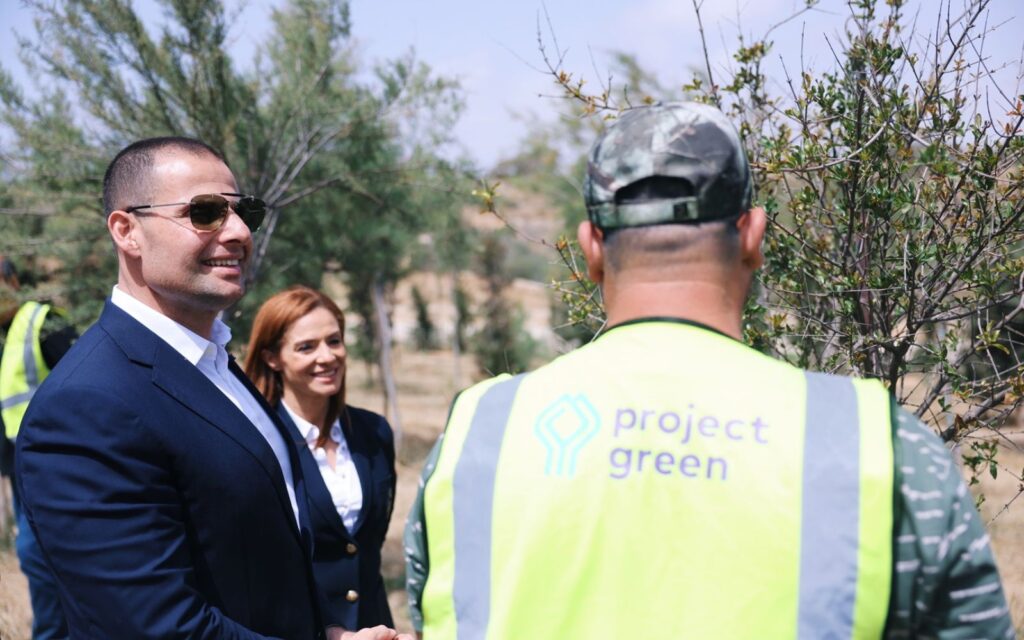
Project Green’s list of works carried out covered all electoral districts except Gozo. Miriam Dalli’s 5th district attracted more than one in six projects, the same as Silvio Schembri’s and Ian Borg’s 6th district. Their 7th district also emerged at the top.
“Project Green’s efforts are executed in close collaboration and full consultation with local councils, schools, and the community at large, respectively. Project selection is a rigorous process, including applications received through various launched schemes, such as the Community Greening Grant and the Greening School Initiative, along with those mentioned in the Electoral Manifesto,” Project Green’s representative replied in response to questions about the distribution of the agency’s projects.
What counts as green?
Project Green, a government agency, was opened in early 2023 to respond to the growing demand for liveable localities. “We want to deliver green spaces that are self-sufficient, sustainable and accessible,” Environment Minister Miriam Dalli said at the agency’s launch.
“The Government has committed to launching the largest-ever investment in green and public open spaces, with various entities involved. Project Green serves as the primary leader in this initiative,” the ministry spokesperson emphasised in response to Amphora’s questions.
More than four in five Maltese want the government to tackle climate change. In a 2024 survey, nearly all Maltese respondents said they suffered from extreme weather events, and two in five wanted tree-lined streets or green spaces to cool urban spaces down. A survey of children and adolescents showed that most wanted more safety from traffic in their localities.
However, as the Project Green agency builds more playgrounds and car parks, it is unclear how its mission differs from other government schemes for similar purposes.
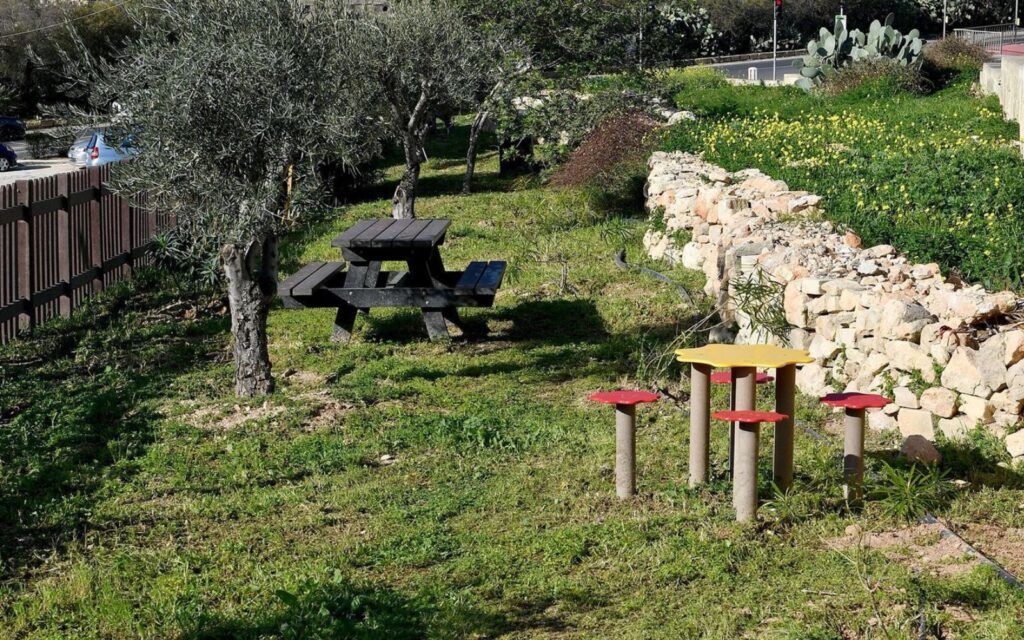
Analysis by Amphora Media shows that Project Green has submitted 19 planning applications – four concern creating car parks, and six include playgrounds or play areas. One of them, in Hamrun, was withdrawn and submitted as a development notification order.
Project Green also submitted 18 development notification orders during that time (one was withdrawn and resubmitted) – one includes car park development and seven contain playground or play area developments.
In total, nearly a fifth of the planning applications and development notices were filed in the 5th electoral district, where Minister Miriam Dalli & Prime Minister Robert Abela contested in 2022. No other electoral district came close.
Regarding localities, Birzebbuga is the largest beneficiary, with three Project Green developments. Attard also got three, but two concentrated on San Anton gardens.
Critics consider that some interventions by Project Green should not be considered green projects, meaning that instead of nature-based solutions, the agency promotes high-maintenance landscaped gardens, which depend on constant contractor input.
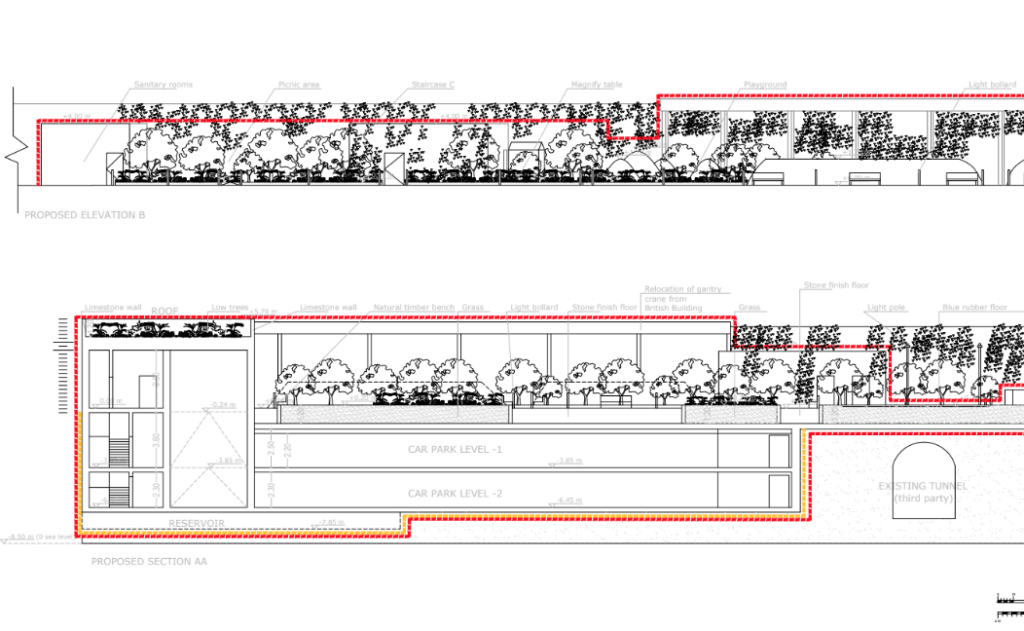
On Project Green’s plans to build underground parking topped a garden in Bormla, Alfred E. Baldacchino, former assistant director of what used to be the Malta Environment and Planning Authority, who blogs and writes about environmental policy and planning, said, “This is a pseudo-green project, because trees are going to be planted on the roof of the construction, and that is no natural habitat for trees”. Drawings submitted to the Planning Authority show that trees will have, at most, 1.2 metres of depth of soil for their roots.
“The selection of tree species for the project was carried out by Project Green’s Research & Development Unit, which includes environmental scientists,” a representative of Project Green said in response to this criticism.
Regulating interventions
The Bormla site is one of the 13 developments where Project Green wants to install playgrounds, outdoor fitness equipment or other similar facilities.
Floriana’s Pinetum is another, with plans for “general cleanup of the pinetum, tree pruning, accessibility improvement, public amenities, general lighting, fencing, Nissen Huts restoration and installation of children’s play area”.
Developments like outdoor fitness areas are already financed by the Capital Projects financing scheme under the Ministry for the National Heritage, the Arts and Local Government. A new outdoor fitness area in a public garden under this scheme was recently unveiled in Marsaxlokk. Urban greening projects are also implemented by the waste management entity, WasteServ, among others has also implemented urban greening projects.
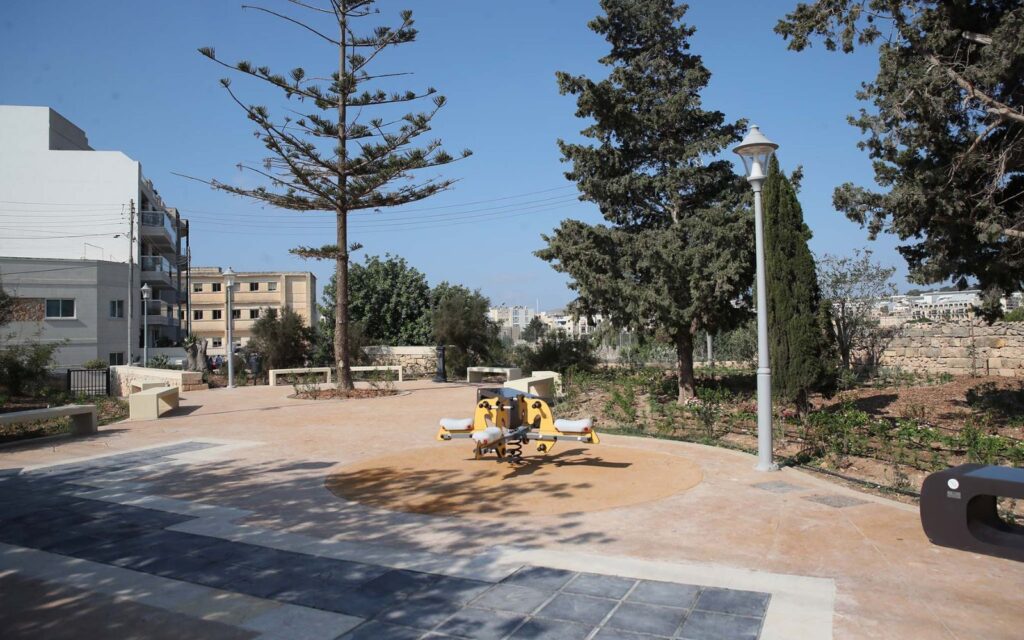
Various parks, green walls and green areas are covered by a tender, awarded to GEB Landscaping. San Anton gardens, for example, have over the past years been landscaped both by GEB Landscaping and by Project Green.
“The scope of Project Green differs significantly and does not overlap with the efforts of the GEB. It is to be highlighted that, whilst [Ministry for Environment, Energy and Public Cleanliness] is the lead ministry, it is not the only one delivering public open spaces. It is a Government commitment to fulfil this promise,” the ministry spokesperson said in response to the questions about potential overlaps.
A consultation that concluded in March presented a proposed legal amendment that would give Project Green more powers. If adopted, Project Green would implement such measures and approve them when submitted by other entities.
“Under this proposal, Project Green and other entities would be granted unchecked power to build in Outside Development Zones (ODZ) and urban areas through a backdoor mechanism that bypasses established planning policies. This is unacceptable and must be stopped,” a group of ten Maltese NGOs, including Moviment Graffitti and Din l-Art Ħelwa, wrote in a public statement.
“[The proposed change] applies to projects that are not only to be done by Project Green, [but] all public entities, local councils – they are cited in the legal notice, they can do a project without going through the normal planning process that they should be going through usually, if this is under the label of a greening project,” explains Andre Callus, an activist at the NGO Moviment Graffitti, which opposes the changes.
Applicants “would just need the approval of Project Green, no consultation, no possibility for the public to object or appeal,” Callus continued. Project Green’s representative responded, saying, “The amendments to the [Development Notification Order] will foster coordination and cohesion between Project Green and all entities involved.”
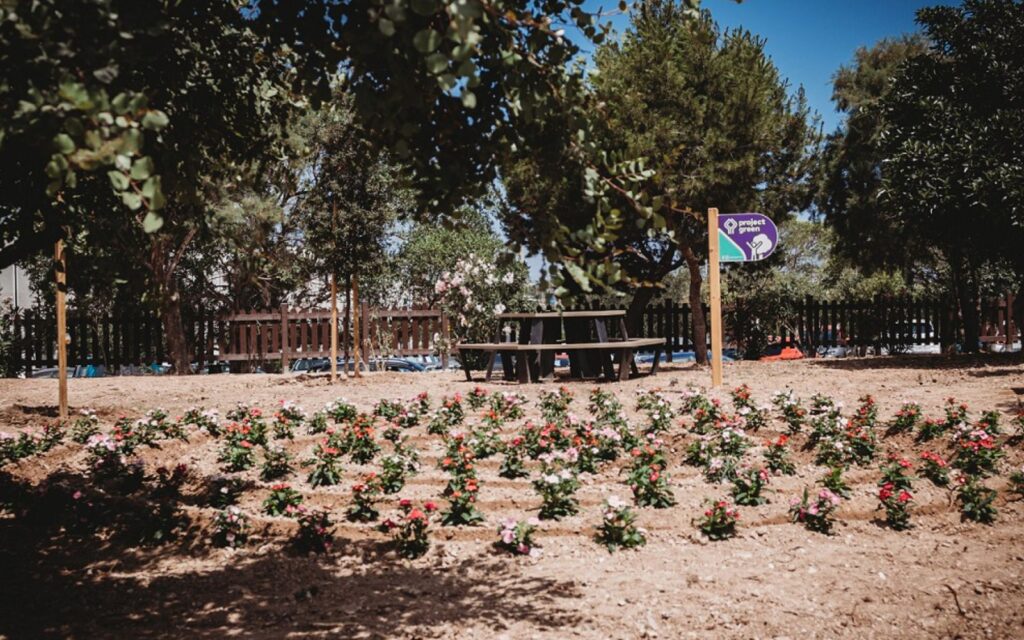
Controversial leadership
Project Green has become primarily associated with public gardens. In 2023-2024, it issued numerous tenders, with its top contractors being garden supply, furniture, drilling and quarrying, and boat maintenance.
It also issued €277,373 worth of direct orders, with the largest recipient being Agriproducts Ltd, trading as Jardinland – and €150,801 worth of calls for quotations.
“The direct order to Agriproducts Ltd was issued as the existing framework was fully utilised. Following market research, their quote was the lowest among the four received. The normal approval process was adhered to,” Project Green’s spokesperson responded to a question why they decided to go with a direct order rather than the usual tendering process.
The agency came to additional spotlight when Joseph Cuschieri became its CEO. In 2020, Cuschieri suspended himself and then resigned from his MFSA post after a Times of Malta report disclosed that he had accepted a luxury holiday in Las Vegas in 2018, sponsored by Yorgen Fenech, who currently awaits trial for the alleged involvement in the assassination of journalist Daphne Caruana Galizia.
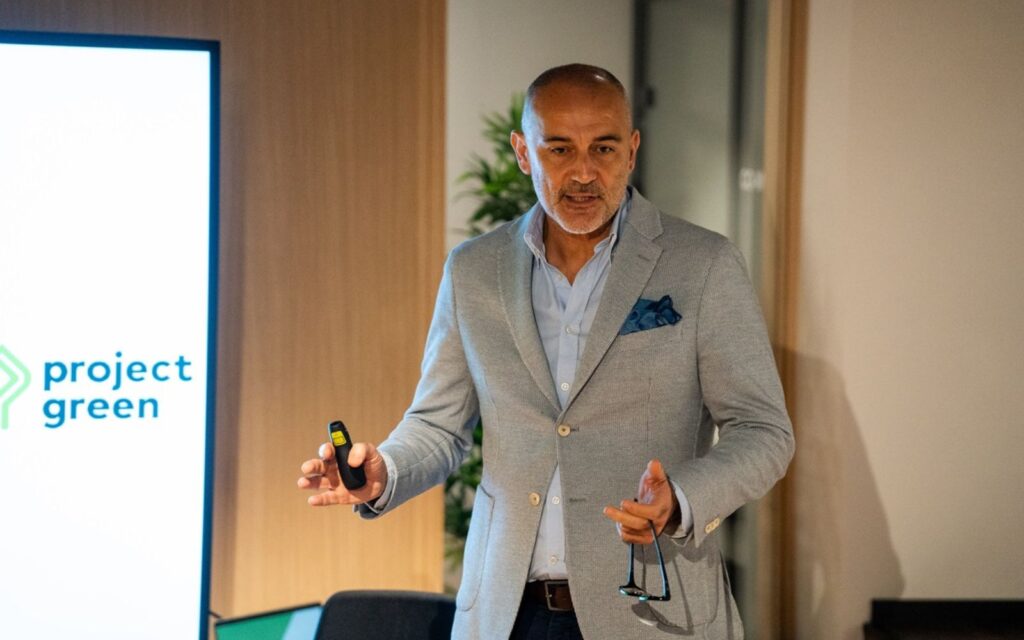
An internal review board, led by former Chief Justice Joseph Azzopardi and lawyer Mark Simiana, determined that Cuschieri had infringed the MFSA’s guidelines on hospitality.
Prime Minister Robert Abela insisted that Cuschieri paid a price for his wrongdoing and had the necessary credentials to head Project Green.
Cuschieri had also courted controversy during his time at the MFSA over an early retirement scheme that omitted the standard obligation for its beneficiaries to retire fully, with some going on to take on other public sector jobs, according to the Shift News.
According to tribunal records, Cuschieri admitted to having spoken with a minister about employing a former MFSA employee who had taken early retirement, raising concerns about informal rehiring practices. The Shift News has revealed that Cuschieri headhunted 19 new managers to Project Green.
According to the budget documents of 2025, Project Green’s expenditure ballooned three times between 2023 and 2024. The agency spent €391,261 on upgrading parks and public gardens in 2023, plus nearly €7 million on urban greening. But by 2024 urban greening expenditure rose to €23.5 million, and €30 million were earmarked for 2025.
Sabrina Zammit and Justin Schembri contributed research.
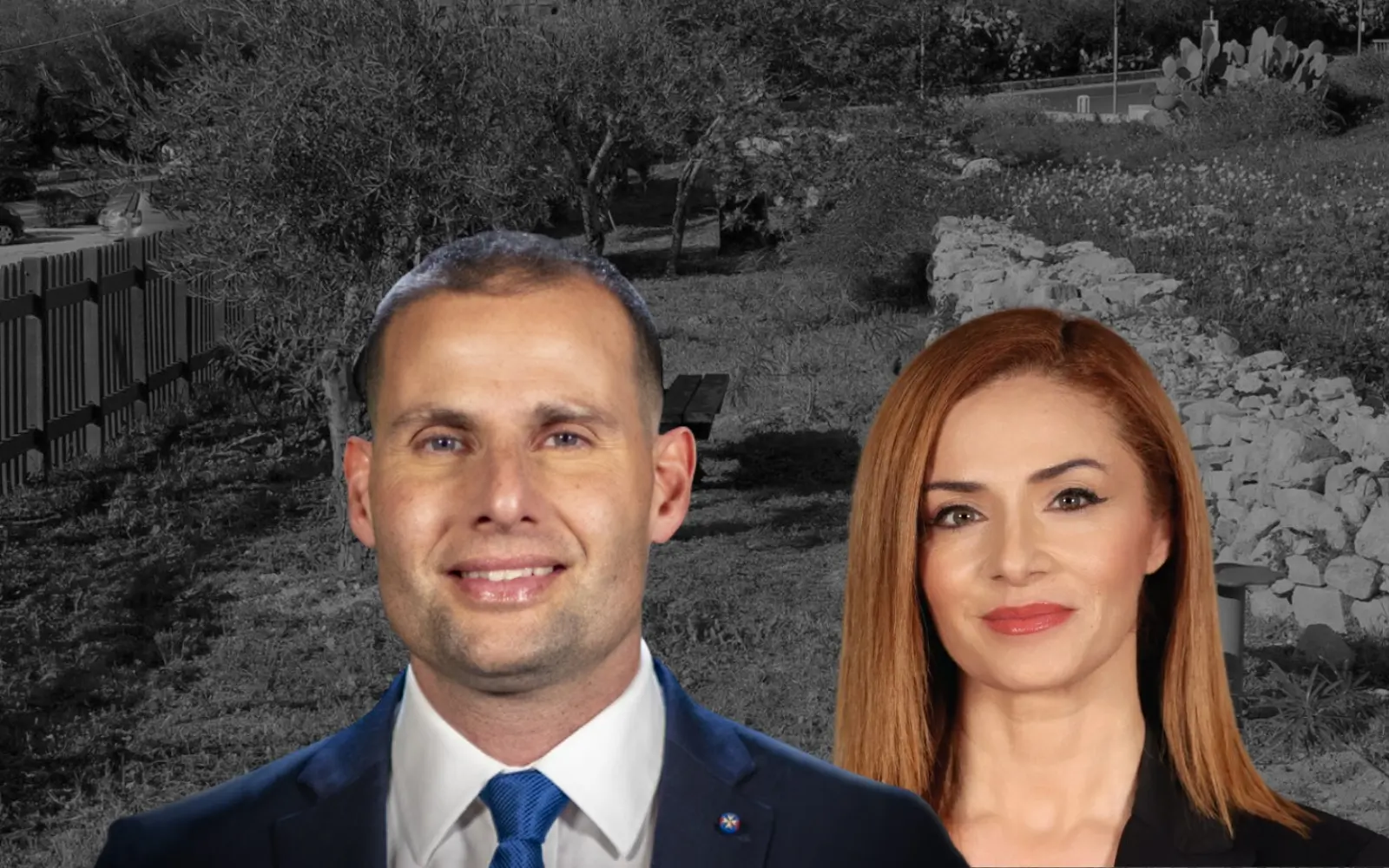
Leave a Reply